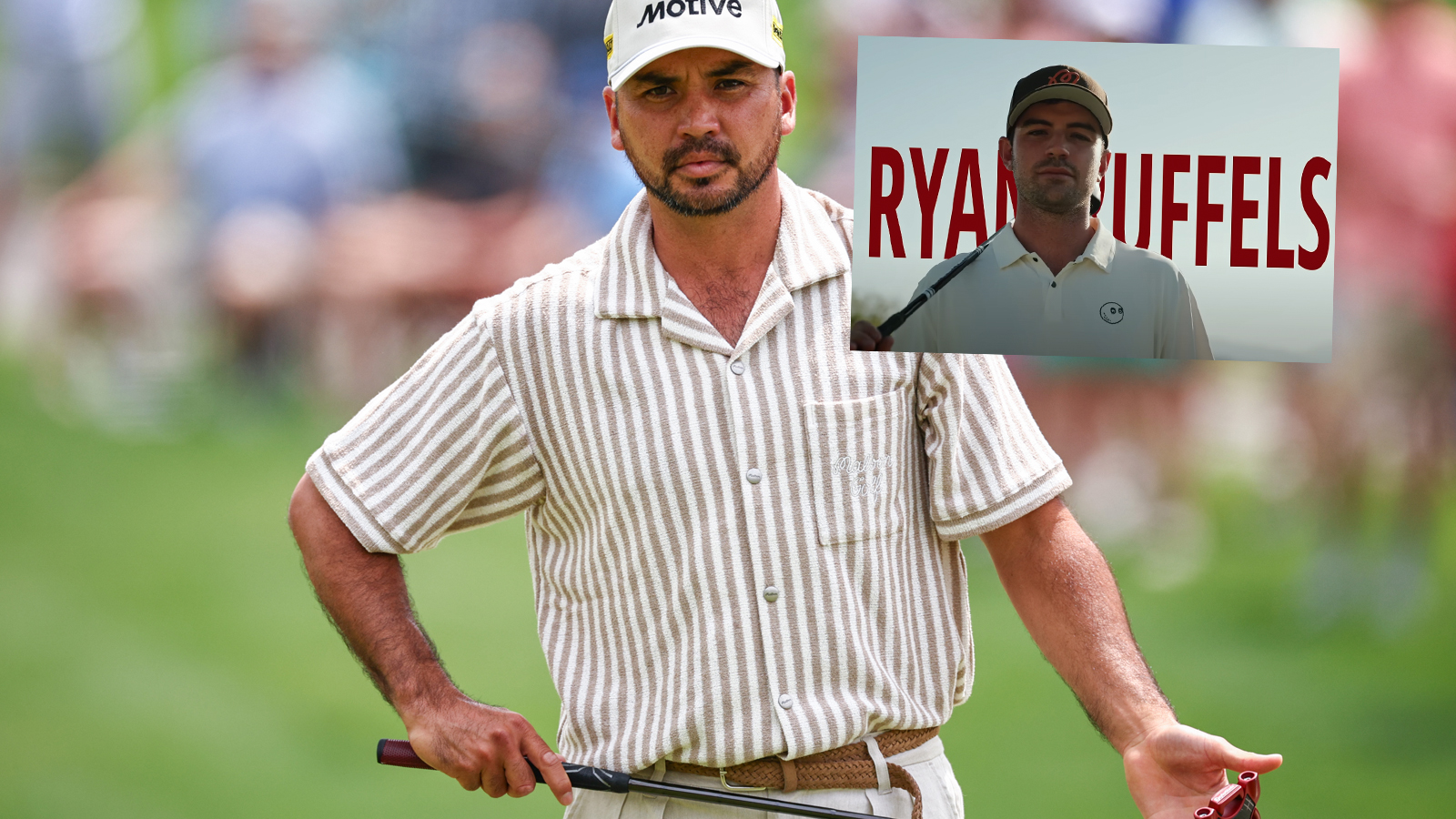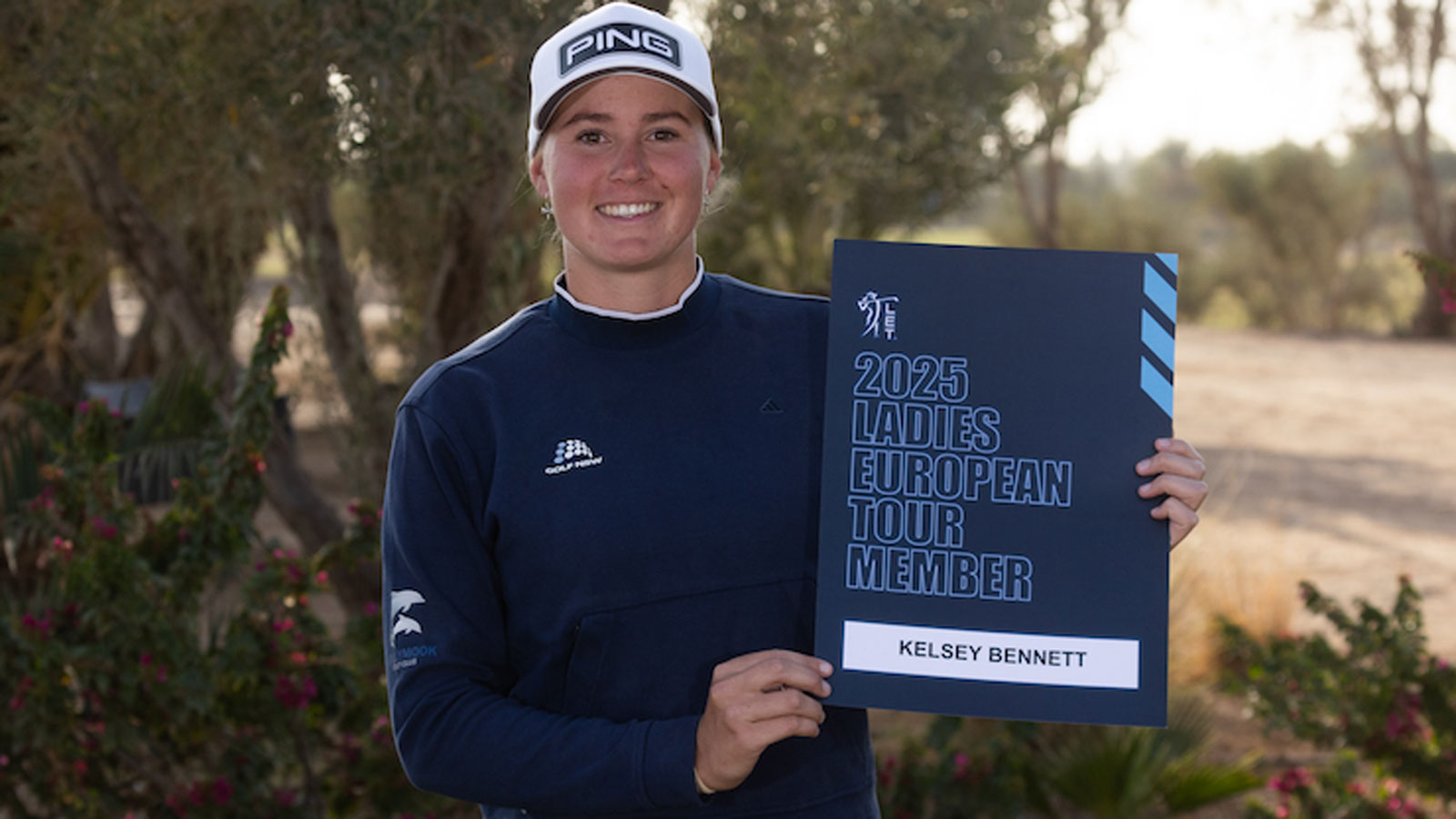How tour players use feedback to tell feel from real – Australian Golf Digest

- by Admin
- May 29, 2024

For some players, the practice area early in tournament week can look like a garage sale—with sticks, towels and training aids of all shapes littering the ground around their space on the range.
These various aids and devices have their own individual purposes, but the theme is the same for all of them: They’re producing feedback. In this case, feedback is sensory information you can use to make a swing movement or position closer to what you’re trying to achieve. It’s literally telling you if you’re moving in the right direction—or the wrong one.
RELATED: Mark Blackburn reveals swing insights that took him to the top
Scottie Scheffler of the United States Team chips with coach Randy Smith prior to the 2022 Presidents Cup at Quail Hollow.
Stacy Revere
Alignment sticks are everywhere, and they do exactly what the name suggests. By using the straight line to guide your setup, you’re connecting what you see with what you’re actually doing—and what the ball does as a result. That’s an important distinction from how you might be using your alignment sticks, where you shuffle your feet to get them in line with the stick and then hit your shots. Again, feedback is the key element. Are you lining up in the way you want? Is the shot then starting and flying where you intend?
A towel is exceptionally handy beyond the jobs it was designed to do. Placing it on the ground behind the ball can give a visual reference to avoid bottoming out too soon. Holding it across your chest and under your arms, like I’m doing in the photo at the top, helps a player accentuate the body-driven turn that is so important on, for example, flighted wedge shots. Tour players are generally quite good at extending their arms in the backswing and using maximum leverage to produce lots of speed. Adding restriction like this is very specific feedback about how the body moves on that particular shot. When they hit shots with the towel, they’re feeling something different and equating it to what they see the ball doing.
Sometimes a more hands-on approach works best. When you see a coach holding a player’s head, bracing the lower part of a player’s leg or doing something else physical, that’s another strategy for helping the player calibrate. It’s the coach giving the player the specific definition of the move in question, isolating the physical feedback from doing it correctly.
What does this mean for you? It depends. If you watch a tour player holding a towel under his arms while he hits pitch shots and steal the idea for practicing your driver, you’re probably not applying the correct prescription. Holding the towel restricts your arm swing and takes away leverage, which will cost you speed. How about having a friend brace your head like teacher Randy Smith is doing with Scottie Scheffler in the photo above? That’s great as a piece of guidance that keeps you from shifting too much away the target. But take it too far and restrict your head movement on full swings, and you’re taking away your athleticism.
So be clear about what you’re trying to accomplish with a training aid, and make sure you have the right tool for the job. With some effective feedback and quality reps, you can speed up the improvement process, just like the pros.
This article was originally published on golfdigest.com
The Latest News
-
December 24, 2024We asked Golf Digest writers the story they were proudest of in 2024, and why – Australian Golf Digest
-
December 24, 2024Blueprint for success: how Australian architects made the world take notice in 2024
-
December 24, 2024Rennae Stubbs says she’s spotted two issues in Carlos Alcaraz’s game which need sorting before the Australian Open
-
December 24, 2024‘Novak Djokovic will only care about the Australian Open and Wimbledon’
-
December 24, 2024PNG-Australia NRL Deal: K1.7 billion economic boost and 10,300 jobs expected





